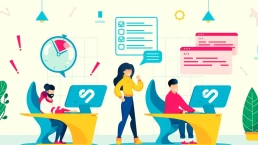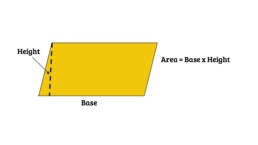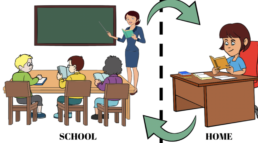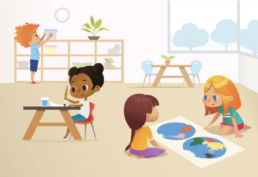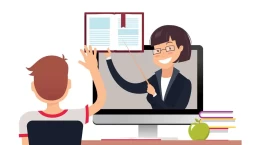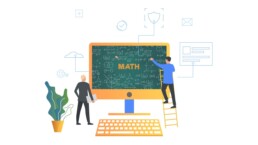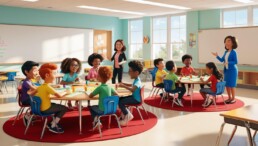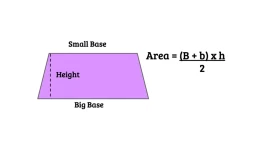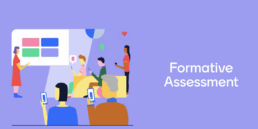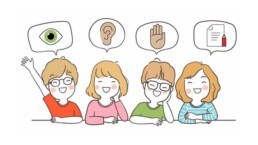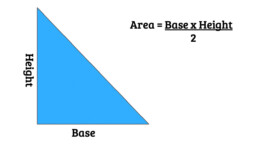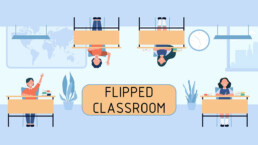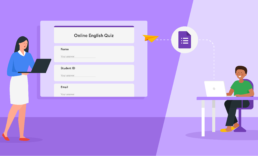How to Keep Students Organized in a Flipped Classroom
Introduction
Flipped Classrooms are becoming increasingly popular in the educational field as they allow students to learn at their own pace and teachers to focus on more individualized instruction. However, with the additional freedom of a flipped classroom comes the need for good organizational skills. In this blog post, we’ll explore some strategies to help keep students organized during a flipped classroom setting.
Create a Schedule
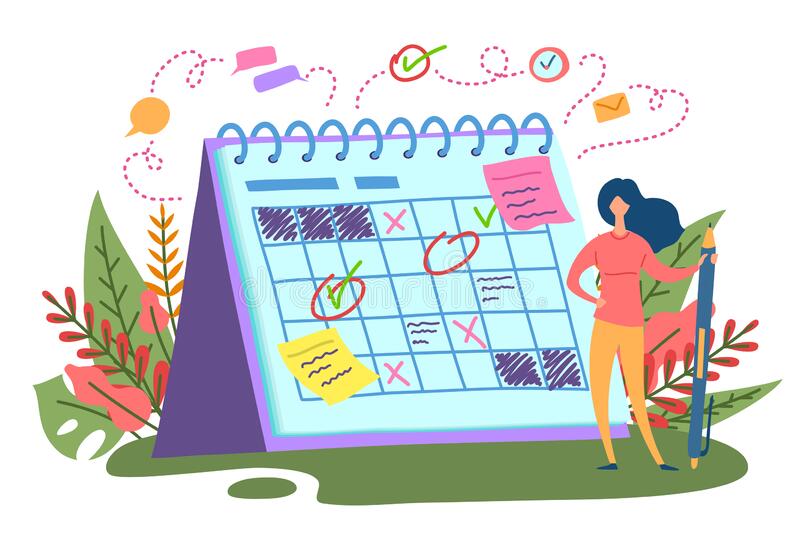
The first step is creating weekly schedules that clearly outlines what students should be doing at any given time during the week. Outlining specific tasks and deadlines makes it easier for students to stay on track and helps them avoid feeling overwhelmed by the material. Additionally, providing feedback regularly can help ensure that students are staying on task and understanding the material they’re working on.
Establish Goals and Expectations

It’s important to establish expectations early on so that students know what is expected of them. Explain the concept of the flipped classroom model and make sure that they understand how their work outside the class will be evaluated. Set expectations around deadlines and make sure they understand any consequences for not meeting those deadlines. Additionally, provide clear instructions on how students should submit their work and what format it should be in; this helps reduce misunderstandings down the line.
Create an Online Learning Platform
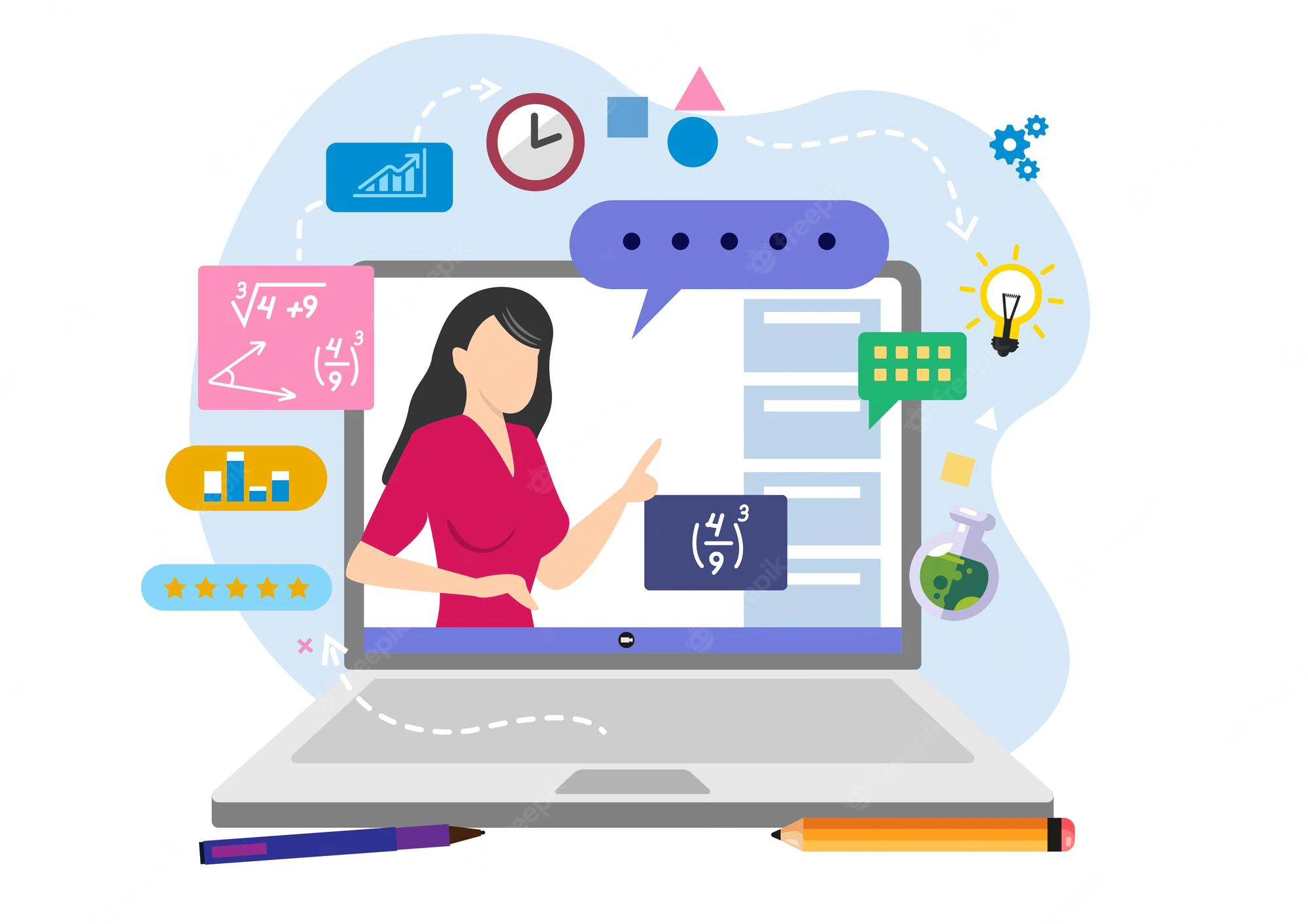
Having an online learning platform can be incredibly helpful in keeping your students organized during a flipped classroom setting. This platform can provide a central hub where all materials, videos, assignments, and resources are located in one convenient place. It’s also a great way to provide structure while allowing students to work at their own pace. Popular online learning platforms include Google Classroom, Canvas, and Schoology.
Make Use Technology

The best way to stay organized in a flipped classroom is by making use of technology tools such as online calendars, project management software, or digital worksheets. These tools make it easy for both you and your students to keep track of assignments and due dates, as well as review progress over time (including areas where improvement may be needed). Some tools even allow for collaboration between teachers and students; this can provide helpful feedback about individual performance or overall class progress without having to manually grade every assignment individually!
Establish Routines
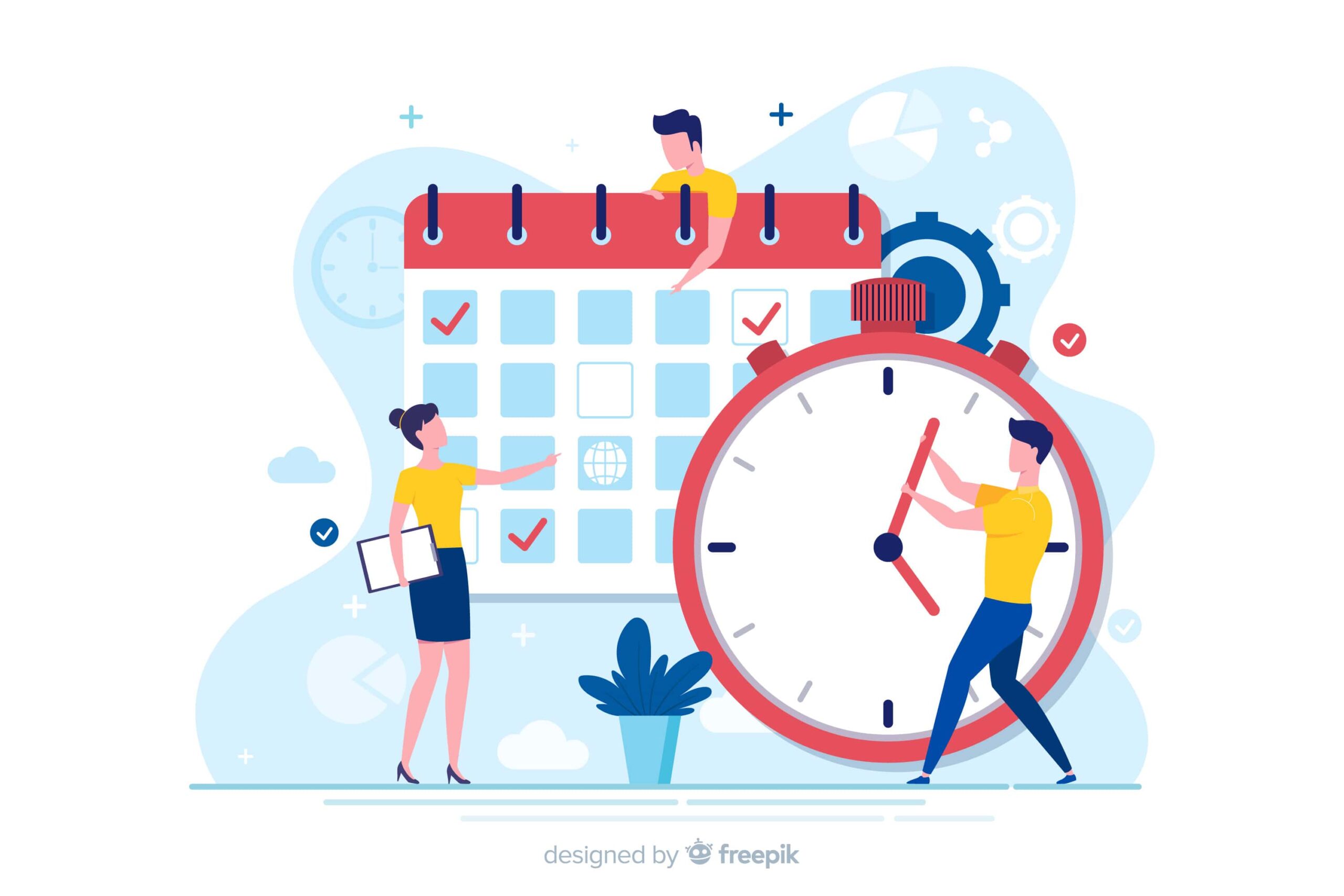
Routines help keep both teacher and student organized during a flipped classroom session. Have your students take out their notebooks or other materials before getting started with each lesson, as well as at the end of each class period to ensure everything is accounted for and put away properly. Additionally, assign specific roles such as leader or recorder during group activities; this will help keep everyone on task while also helping you remember who was responsible for which aspect of an activity or assignment.
Encourage Collaboration

Collaborative activities are a great way to keep students engaged and motivated in a flipped classroom setting. By working together with peers on projects or tasks, students will be more likely to stay organized because everyone is held accountable for their work. Additionally, collaboration helps foster critical thinking skills and encourages creative problem-solving techniques which are invaluable in any educational setting.
Encourage your students to work together and discuss topics with each other. This will not only help keep them engaged but will also give them an opportunity to learn from each other’s ideas and experiences. It’s also important to create an atmosphere where mistakes are seen as part of the learning process rather than something that should be punished or ridiculed.
Conclusion
Organizing a successful flipped classroom takes planning ahead but yields great results when done correctly. Setting clear expectations from the start helps ensure that all students understand what is expected from them throughout the semester or term, while establishing routines helps keep everyone focused during class time. Finally, leveraging technology tools provides convenient ways to track progress over time while facilitating collaboration between teacher and student alike! With these strategies combined, you’ll have no trouble keeping your flipped classroom running smoothly!


